Quarantines Become a Part of the In Person School Routine
Students and staff are thankful to be back for in person instruction, but the mandatory quarantines still result in disruptions for some.
October 14, 2021
On August 18, 2021, a new school year began for Scott County Schools. With covid case spikes in late July and August, all hope of not wearing masks at school was washed away. Students and teachers updated their masks understanding that they would help sustain in-person instruction.
While teachers and families are grateful to have the opportunity for in person instruction, the pandemic has not ended and one of the obstacles that comes with a return to school is the required quarantines that often occur when a student is exposed to covid. While quarantining is necessary, it causes serious problems in the continuous flow of teaching and learning.
Just like anything else with the pandemic, guidelines for quarantines are frequently changing. The current guidelines from the CDC require anyone that has tested positive for covid to remain at home for ten days. For those that are exposed to covid, they also must quarantine for ten days if unvaccinated. Vaccinated individuals that have been exposed are not required to quarantine unless they are showing symptoms.
For students who are quarantined, a huge difficulty is trying to get in contact with their teachers. Ellie Nelson, a junior at GCHS who had been quarantined in early September, said, “[The hardest part] is not getting to talk to classmates and teachers, and [getting] no help on assignments.” Only two of her classes offered a zoom call for her to join and be a part of the class. It can be hard for some teachers to maintain a zoom call and a live classroom setting.
Leslie Murphy, English teacher at GCHS, acknowledged that quarantines are a challenge. “I have tried to run Google meets for students that are quarantined, but now that all students are back in the classroom, there wasn’t a good location to set up a camera/computer so that those who are home could see me. Also it can be chaotic getting class started. After taking attendance and starting the day’s lesson, I would often forget to start the Google Meet for quarantined students.”
Murphy said that she uploads as much as she can to Google Classroom to support students that are absent, and she encouraged students to always reach out via Remind or email when they had questions about assignments.
Nelson relied on her fellow peers to stay caught up. “My best friend, Kendra, helped me get my work,” Nelson stated. Kendra collected paper copies of assignments for her, and then she talked her through them, which was a huge help.
Not only was Nelson’s learning and social experience affected, but her overall work ethic too. “[I] procrastinated a little bit more, but I also pushed myself to turn things in more than I used to,” she said.
Students of all grade levels struggled with virtual school, not just high school students. Ryan Wiggins, a law student at the University of Louisville and a student teacher at ECS for the Law and Justice village said, “Online class was brand new to me. My hardest year [second semester of law school] was online…it was hard but I was still extremely cautious because I knew who I had to protect.”
Wiggins was able to experience the flip side of quarantining as a student teacher as well back in August. “[The hardest part is] Not having that personal human interaction. Questions breed new ideas and great conversations,” Wiggins said. He acknowledged that, “it’s hard not being able to always hear questions clearly, or see how students are reacting to the content [he’s teaching].”
Furthermore, while teaching over zoom is hard, teaching kids who are on zoom and quarantined can be even harder. “There’s a greater emphasis on the digital trail,” said Andrew Burgoon, an AP social studies teacher at ECS. A digital trail is a way to keep track of students and their work without having to keep track of papers. For some, the digital trail is an easy way to keep track of student work.
Burgoon believes that offering regular in person school for everyone is better than having multiple learning modes offered. “This year it’s helpful to pick one format and go with it. The lesser of [the] two evils is to quarantine students.”
Burgoon is one of the few teachers who offers a zoom option for quarantined students. “Zoom is the best way for continuity,” he said. Burgoon acknowledged that using platforms like Google Classroom are especially useful for students to have their work while at home.
However, connecting with students while they’re quarantined is not the only issue teachers are faced with. Jennifer Beckett, a French teacher at GCHS, said, “For me, being concerned about people’s safety [is the hardest part].” While it is easier for her to teach her students in-person, there is still concern of students catching Covid in the classroom.
The best way to lower one’s chances of having to quarantine is to wear a mask and keep up with proper hygiene. “Universal masking in the school is what keeps kids in school. Mask keeps chaos down, and protects the right to come to school,” Burgoon said.

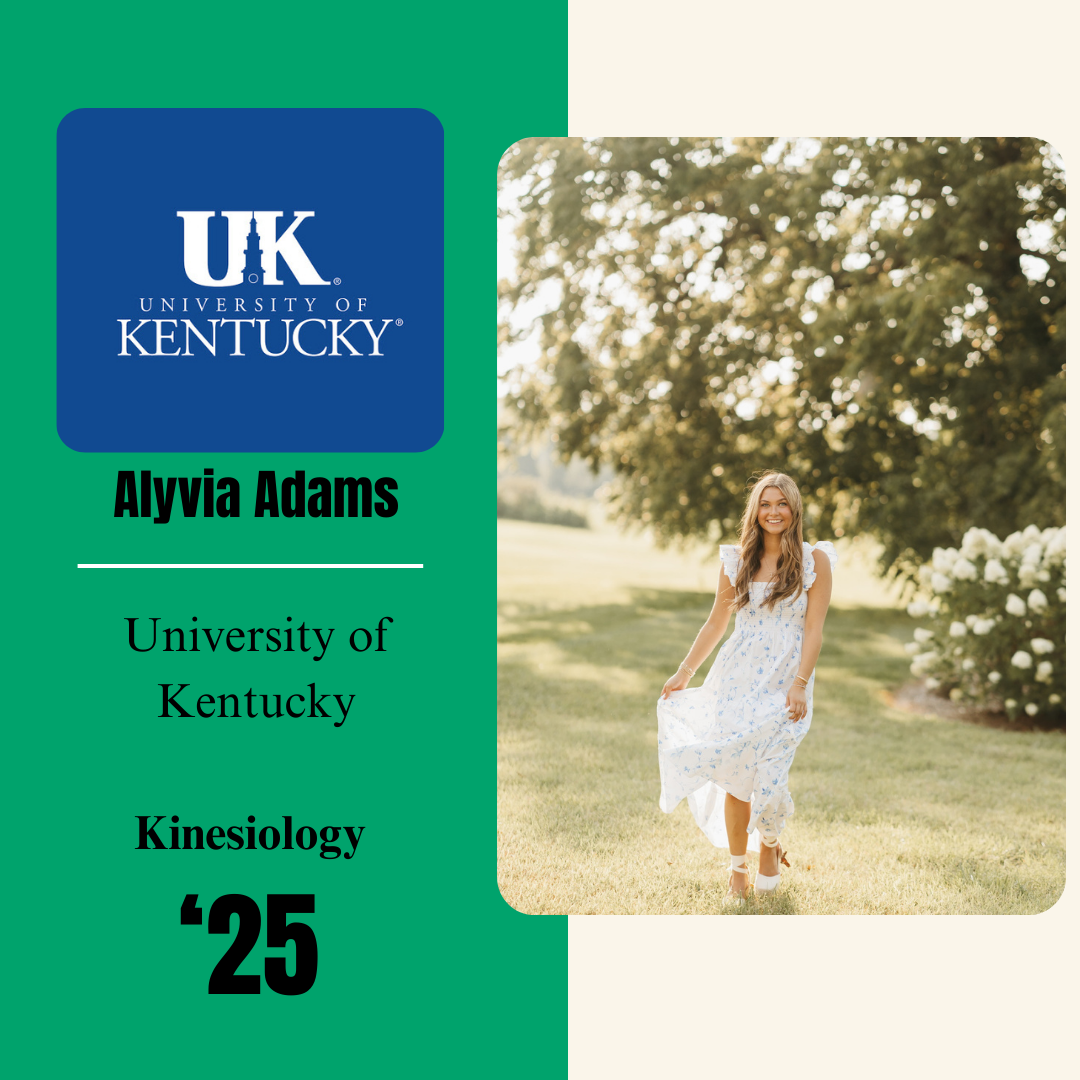



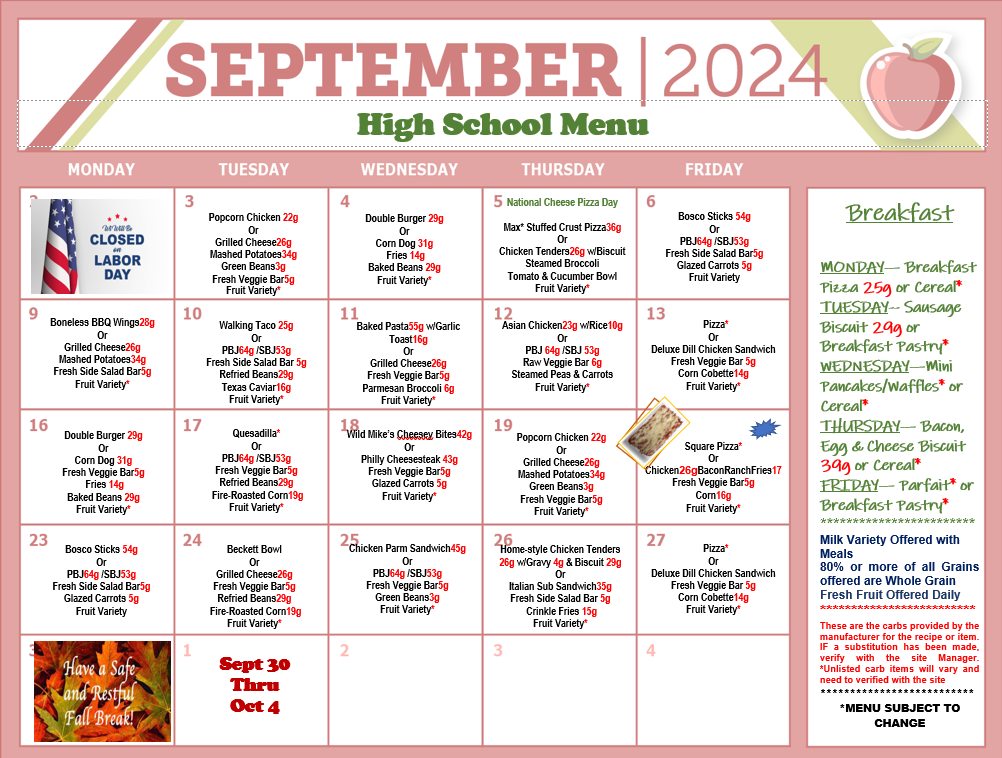




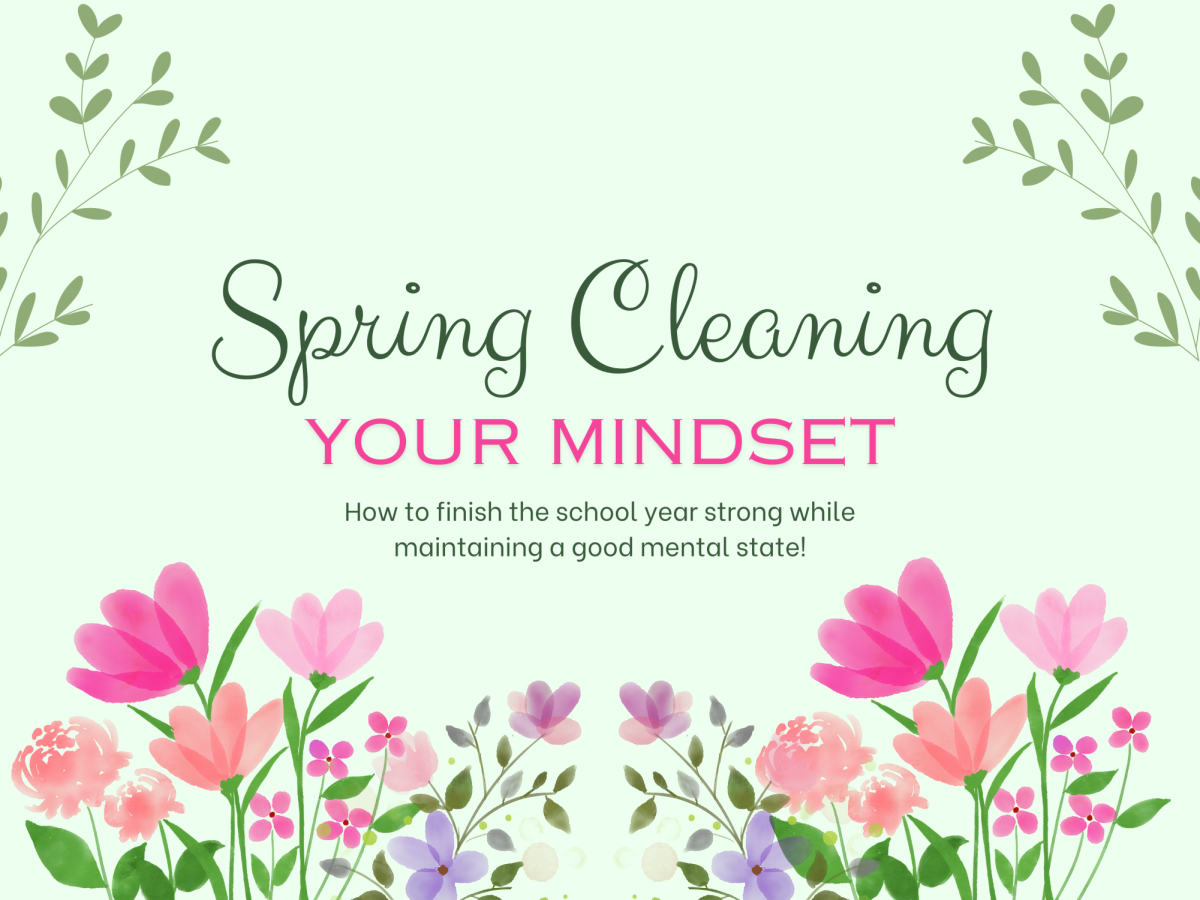
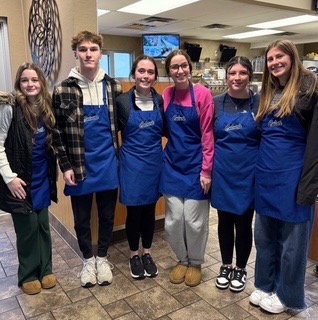



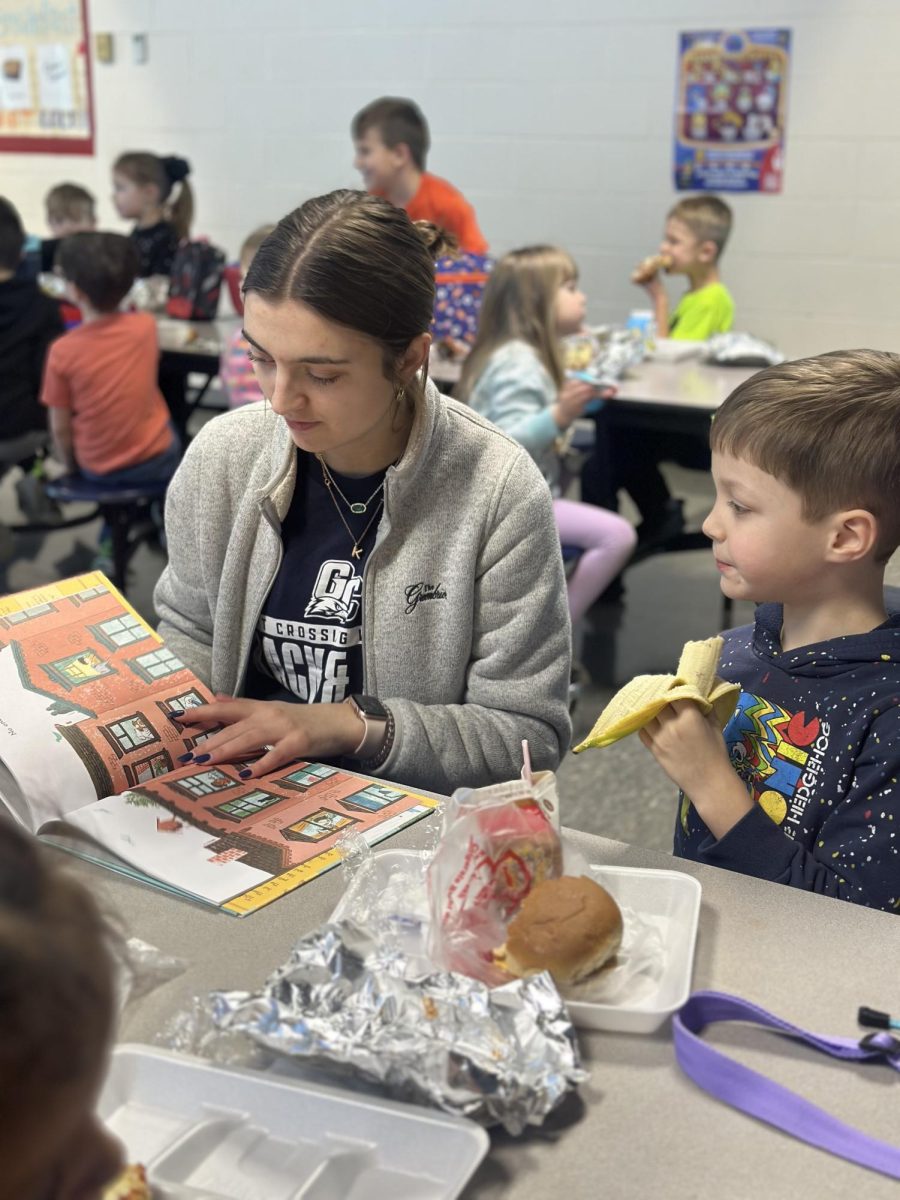
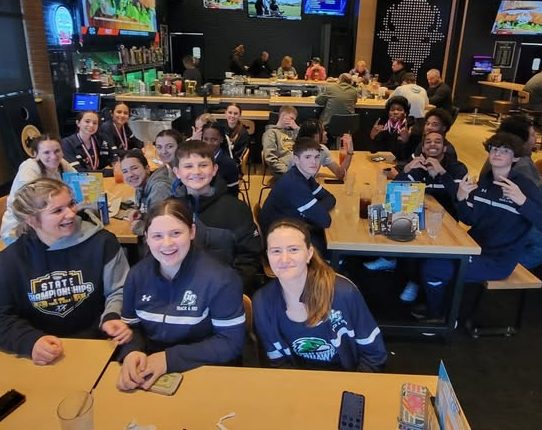

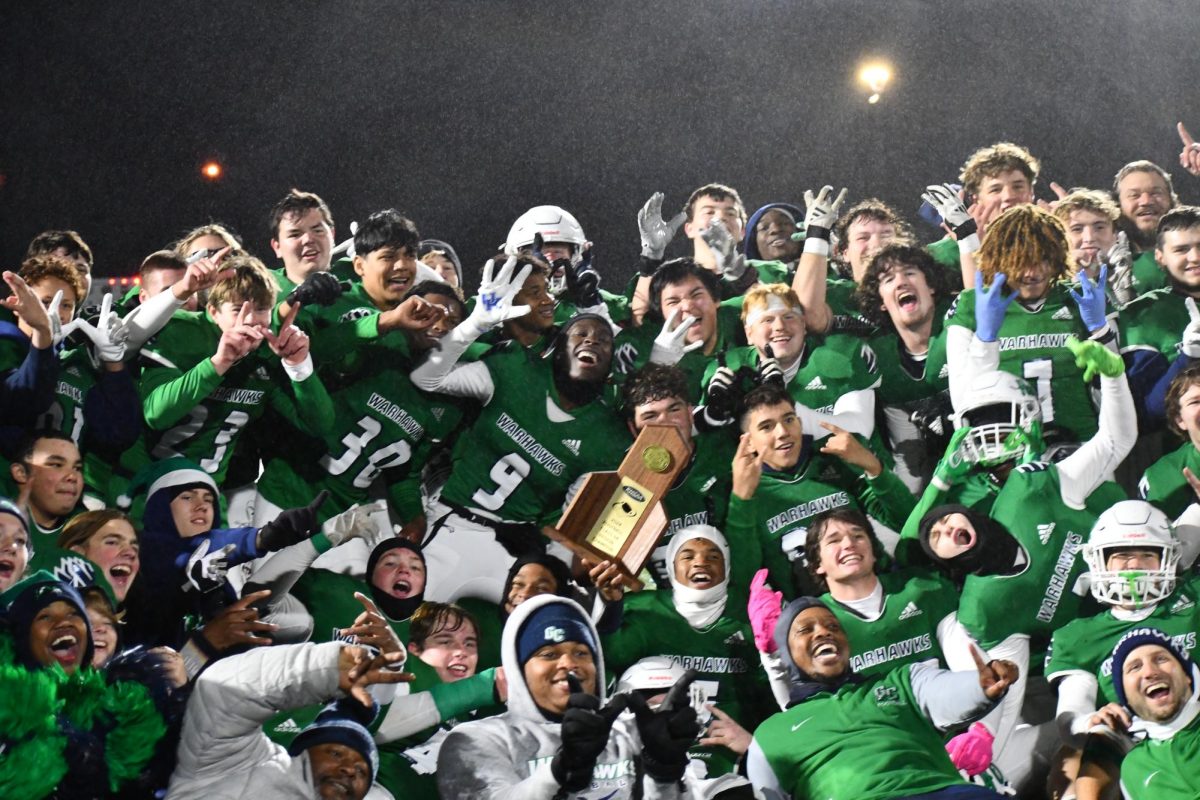

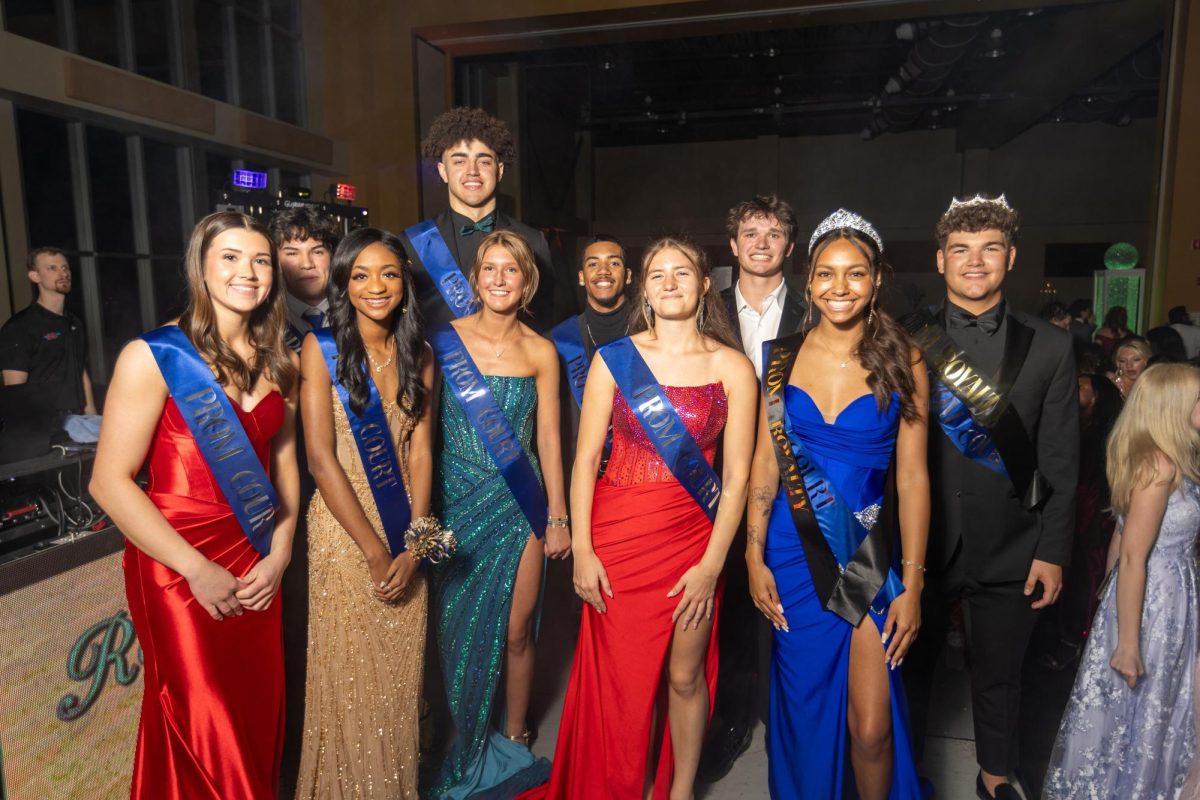

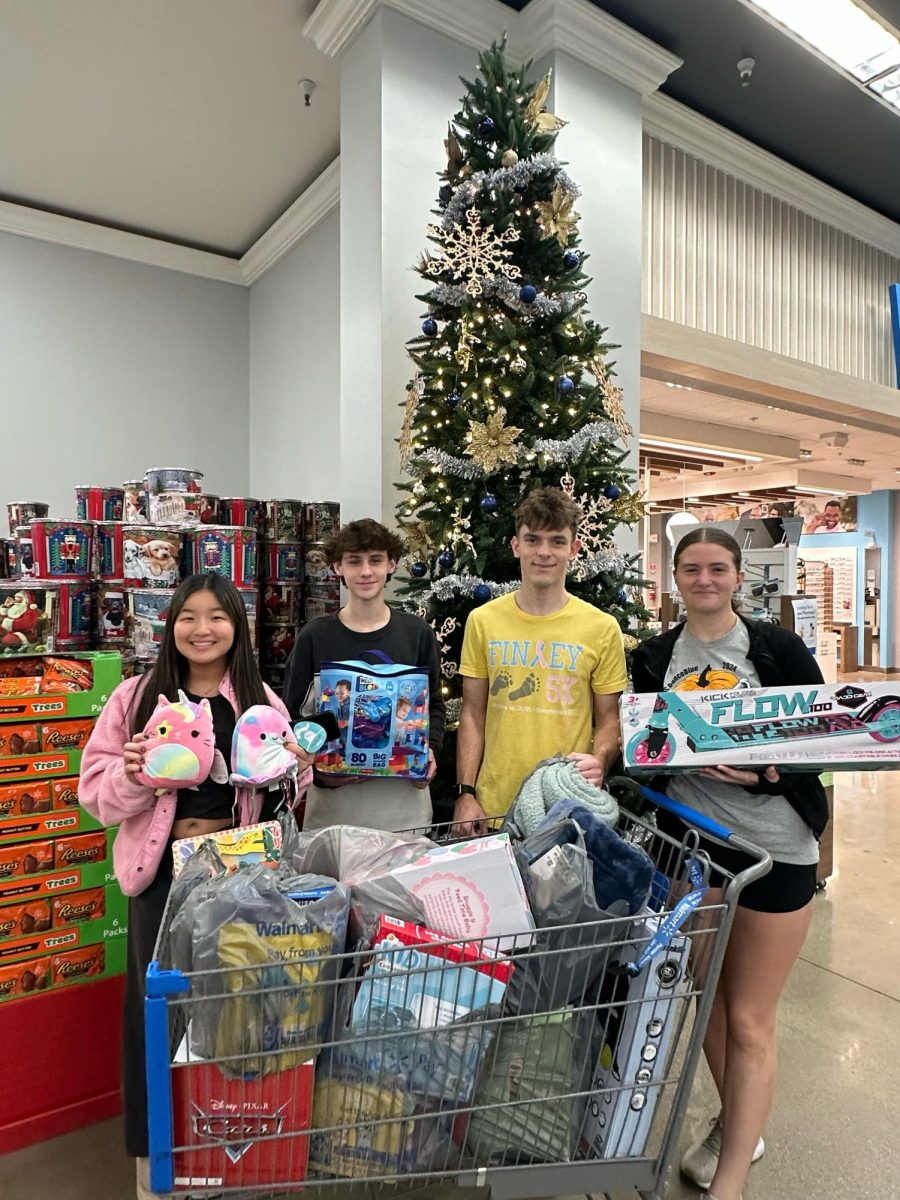
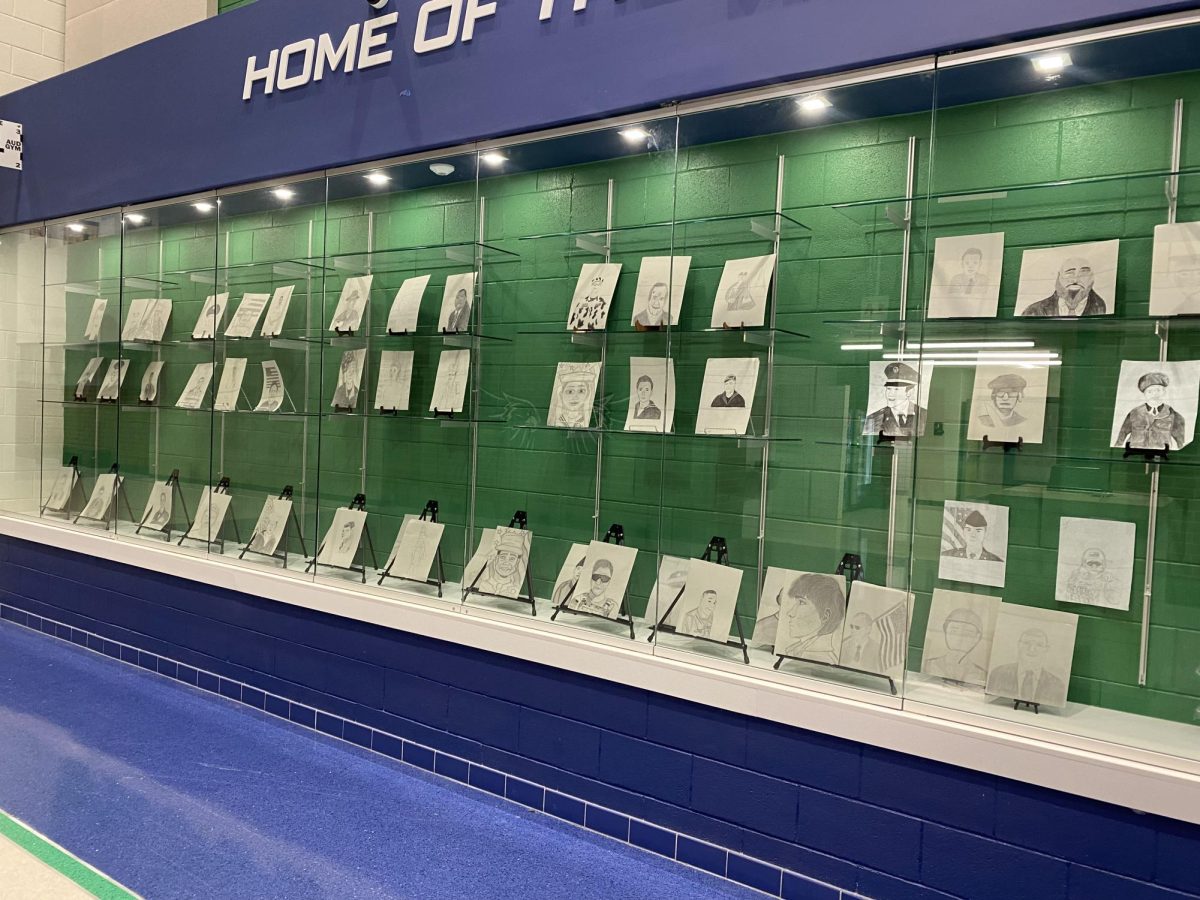


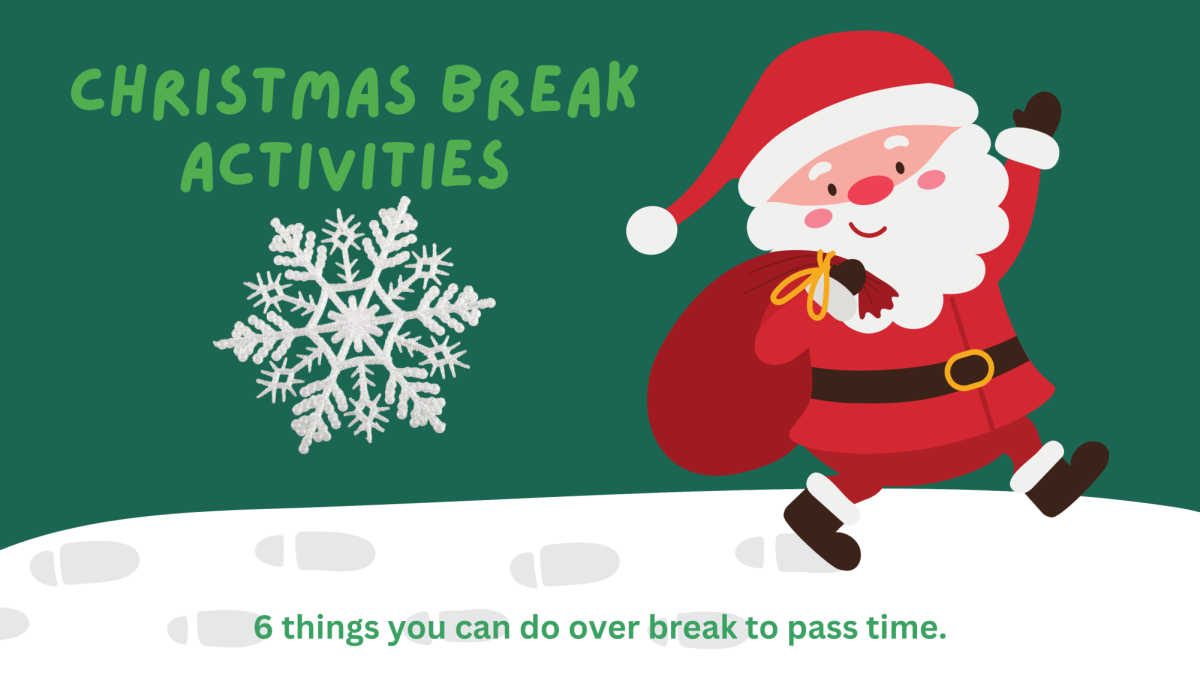


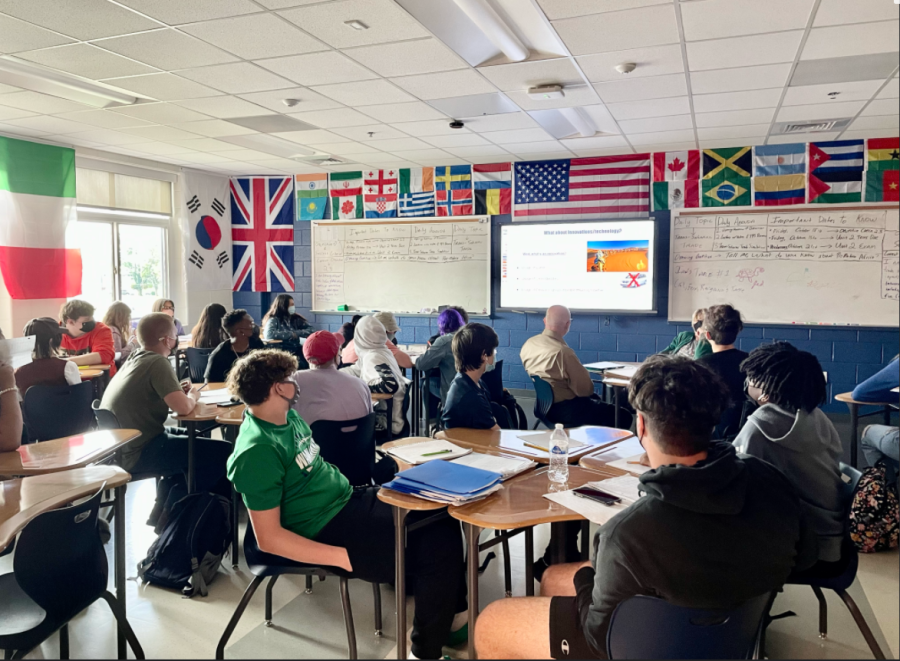

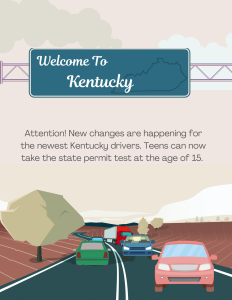

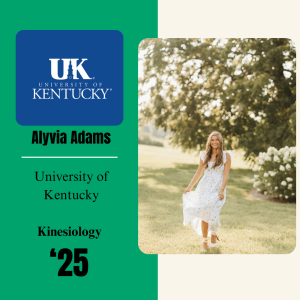
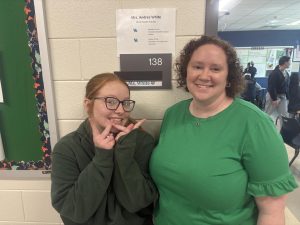

Katie • Oct 14, 2021 at 11:15 am
amazing job, emily!!!